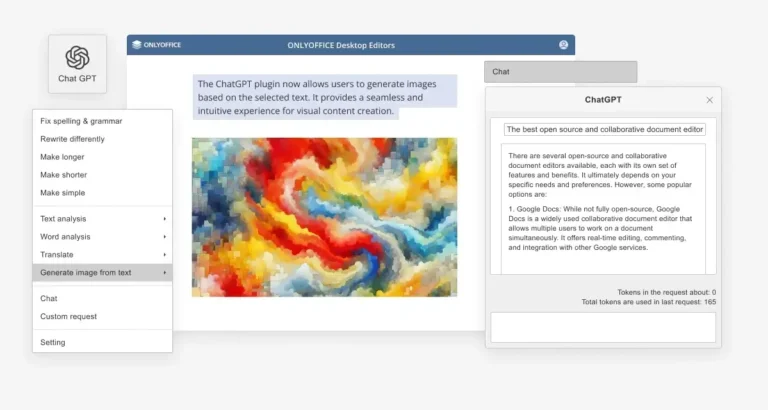The current business landscape in most industries is hypercompetitive, with companies trying to one-up each other to secure revenue and customer loyalty.
As an entrepreneur, you have no choice but to play in this arena. And in order to survive and thrive, you have to leave a positive impression by delivering an exceptional offering to your customers.
And your product or service isn’t the only variable to consider—your customer service experience is crucially involved too.
The quality of your customer service can dictate whether your customers will return and bring a host of new buyers alongside them, or leave for good and urge others to look elsewhere.
One way to improve your customer service experience is by setting up an inbound number for your business. This number, like a 1300 number in Australia, is a quick and easy way to increase the quality of your business exponentially.
In this article, we’ll explore seven reasons why using an inbound number can greatly benefit your business. Let’s explore these reasons in more detail.
-
Puts Up a Professional Front
On a subconscious level, customers prefer speaking to a business that looks like they have it all together. A professional front inspires confidence and reliability, which is something every customer wants when they’re transacting with businesses.
There are many ways you, as a business owner, can adopt that professional image. One way is by having an inbound number, as this number gives an impression of inherent exclusivity.
Typically, only businesses and organisations are willing to navigate the complexities of investing in an inbound number. As a result, most people associate inbound numbers with established corporations, as their everyday interactions usually involve large entities using these numbers.
By having one for your business, you’re signalling to customers that your business is the real deal. It also shows that you care a great deal about making a solid first impression, which can help bring customers over to your side when pit against other businesses in a similar category to yours that may not have a business number.
Furthermore, having an inbound number also makes it easier for you to create vanity numbers, or strings of text that align with the company offerings. An appropriate example would be 1300-HOTDOG for a store selling hotdogs.
In any case, having an inbound number gives customers the assurance that your company can fulfil their wishes with certainty. If you need an inbound number as an up-and-coming Australian business, try a 1300 number with Teleca for a start.
-
Allows Easier Nationwide Contact
Another benefit of a business number is its ability to take in calls from across the nation at a local toll rate. As you’re likely aware, making a personal phone call to a number of a different area code can incur higher-than-usual costs.
This can dissuade customers from reaching out to your business altogether—severing a potentially fixable business-customer relationship.
In contrast, using an inbound number like a 1300 number can help encourage customers from across the country to inquire. This gives your business a fighting chance to handle their inquiry, which can lead to increased customer satisfaction and repeat business if the problem does get resolved.
Moreover, nationwide accessibility also allows you to expand the scale of your operations beyond your local territory or state. This helps set your business up for growth in a grander scale, which can lead to a bolstered revenue stream.
Some numbers allow customers to dial in without costs at all, particularly 13 numbers in Australia. Choosing this may increase your business’s calling costs though, so be sure to weigh in the pros and cons before selecting your preferred contact method.
-
Grants The Ability to Hire Remote Talent

Another perk of utilising an inbound number is the increased flexibility in hiring your customer service representatives.
An inbound number can be configured to connect to computers outside its main location through cloud-based or VoIP (Voice over Internet Protocol) technology.
This allows you to expand your hiring operations beyond your local area—allowing you to tap into potentially more skilled and inexpensive staff members or contractors.
Furthermore, a distributed workforce also allows you to circumvent paying full-time staff an overtime fee since you can just distribute the taskload to another worker from a different timezone.
This distribution expands your talent pool and helps promote continuous operations, which is ideal for growing businesses looking to scale.
-
Increases Caller Capacity
The primary benefit of using an inbound number is the ability for your business to handle multiple calls simultaneously. With a personal phone number, the maximum caller capacity is one-to-one, and any subsequent callers will be put on hold until the initial call has ended.
This postponement can waste precious time for the callers, thus decreasing customer satisfaction and potentially severing the business relationship.
Having an inbound number fixes this issue. This number type can be configured to take in multiple calls and assign them to different customer service agents in open lines.
It doesn’t matter whether your CS team is a department of five or fifty—an inbound number can be configured to support virtually any amount of connections, so long that you have the subscription plan for it.
This helps create a more seamless and smooth customer service experience. Thus increasing the chance of your CS team helping your customer base resolve their specific issues.
-
Tracks, Measures, and Analyses Call Data

Another useful and unique benefit of an inbound number is the set of analytics it provides. With a personal phone number, you only have a limited amount of data that you can extract from the specific caller—namely their number and location.
With an inbound number, however, you can access a range of data points about your customer that you can harness to your advantage. You can track both individual and multiple caller data points, such as the average call volume, wait times, and peak call hours.
Besides that, your team can also uncover the performance of your department. Or a specific agent. This includes their call resolution time, number of calls received, and other performance indicators. The calls may even be recorded and accessed at a later time for further verification.
Given this range of KPIs, you can make more informed business decisions and make a more targeted training manual for your staff to follow.
Furthermore, you can also uncover deeper customer insights based on their calling trends. As well as agent performance to see if they’re hitting quotas. This, in turn, can help you optimise your business and make business calls backed up on data, not hunches.
-
Scales Easily With Business Needs
Scaling a business is a tough juggling act. If done too quickly, it can cause a massive outflow of cash that can bring you closer to debt. But if you move too slowly, you can leave a lot of money off the table.
As such, it’s important to have a system that allows your business to scale without taking a hit on your capital. An inbound number is an integral part of that system—being able to upgrade or downgrade with ease when the circumstances demand it.
Most inbound number providers allow you to switch your pricing plan as soon as you request it, no questions asked. This is unlike many personal phone number providers, who often uphold the practice of locking people into a multi-year contract.
Furthermore, scaling with personal numbers often means that you’ll have to get another phone and a phone plan. Which can cost hundreds of dollars per piece, and more in phone billing costs over time.
Conversely, an inbound number just needs a laptop, telephone, or computer—which is something most staff members will likely need for their daily tasks anyway.
Given that flexibility, an inbound number makes it much easier to manage cash flow, allowing your business to allocate funds with greater liberty to support its growth.




